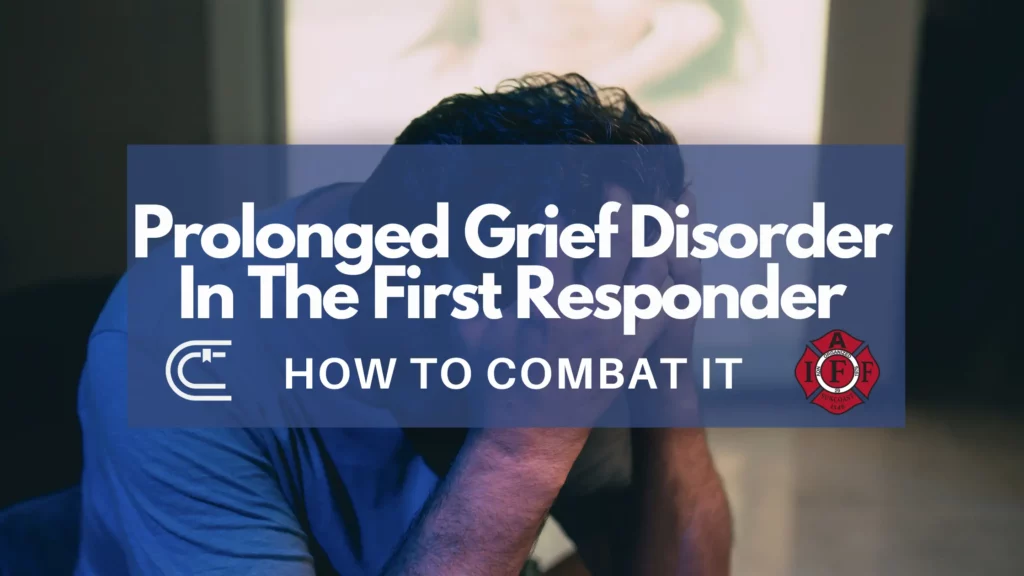Crafting Your Story: Effective Storytelling Can Help Develop Firefighters

Whenever I meet my former students, they always ask about the firefighter stories I shared with them in class. This may be a newsflash to them, but these tales were not just for entertainment, but served as powerful tools to provoke their curiosity and foster active learning to help develop them as firefighters. Similarly, in the fire service, stories can be used to establish a shared history of past mistakes and the valuable lessons gained from them.
The Story
It was early morning, just past 2:30 AM, and the full moon was bright in the sky, casting a near-daylight shadow on the road. My partner and I were driving our ambulance back to the fire station from the hospital’s emergency room (ER). To say we were exhausted would be an understatement. We had just finished our twelfth call that day and were on a stretch of back-to-back EMS calls in the past three hours. Our reports were stacked up and the paperwork was beginning to get mixed together in the center console of the ambulance. We left our comfortable beds at the downtown fire station just after 10 PM, having only been in them for twenty minutes, just long enough to warm the bed up. I was trying to finish my latest patient care report on the laptop when we got dispatched by our 911 call center for a patient lifting assistance and welfare check. Our local police department was also on its way to the scene.
The address was familiar, and so was the patient. Let’s just say we were on a first-name basis. The gentleman was in his mid-twenties and had a dangerous alcohol and drug problem. He would often fall out of bed, in his inebriated state, and scream for help. Eventually, someone in his apartment building would grow tired of his screams and they would call 911.
We arrived on the scene and made our way into his apartment. As we walked down the dimly lit hallway, with all of our EMS gear, we noticed the apartment door was already open. Our police officers were already on the scene. We could hear muffled talking. As we slowly walked into his residence, our boots stuck to the linoleum floor as we walked through the kitchen. There were various states of half-eaten food, spilled liquids, garbage, and empty beer cans and bottles everywhere. As we rounded the corner, we found our patient lying on the floor next to his bed. However, this time was very different.
In prior visits, he usually had a pet boa constrictor snake next to his bed in a six-foot glass enclosure. We could see this time, when he fell, he must have tried to grab onto the aquarium and knocked it to the floor, breaking the glass and freeing the snake. Not only were we attending to a vodka-soaked patient covered in urine, feces, and broken, bloody glass, but now we were on the lookout for an escaped four-foot reptile that was slithering somewhere in the run-down apartment… (reference Chapter 1 of Two Dark Thirty p.1-2)

Why Stories Are Important For Firefighter Development?
This story is how I begin my book, Two Dark Thirty: True stories to inspire teaching and learning in our local heroes. Of course, it makes sense that I would start a book about storytelling off with a story, but I will tell you the effect it had on my readers, even surprised me. Though I suspected my book might generate questions, I never anticipated that my number one question from readers would be… “So what happened to the snake?”
When you tell a story, people naturally become interested, they will turn their attention to you and listen. Telling stories is a time that you can create an atmosphere to promote teambuilding and camaraderie. Your audience will continue to think about the story (and hopefully the underlying teaching content) long after your interaction. In fact, they just might think about it long enough… to send you a follow-up e-mail, text, or ask more questions to satisfy their curiosity. A story can effectively set the tone for whatever you are about to teach or discuss. Bottom line is, storytelling will heighten your instruction.
Why Do Stories Stick With Us?
Since the dawn of humankind, we have told stories. Tribes told them as historical wisdom to pass down from one generation to another. We use stories as examples of the right thing to do and what happens when we do wrong. They can be short parables or long epics set to music and song. Either way, they are important to relay information and portray a subject.
When you set a story and fill it with context, drama, and information the listener will use that information to create images in their own mind. This creativity on their part establishes pathways for memory and learning. Think back to when you were a child, what memory or story comes to mind? Connected to this story, are there smells, audio (someone’s voice), or images that your brain brings back. Our minds use all our senses in storytelling, setting the stage and creating memory pathways. We will remember the story and its lesson more than what we simply read from the book (Didactic information).
Parts Of A Story
Storytelling has many parts and there are many books written about the subject. However, I have found that a great story has five basic characteristics:
- Catching the listener’s ear: the story is interesting and exciting.
- Short and sweet: the story is the right length to explain but short enough to keep attention.
- It has elements of drama or intrigue that make your listeners think and pay attention.
- It draws a conclusion or has a moral lesson to it.
- It is easy to understand and can be retold by the listener. (reference Chapter 1 of Two Dark Thirty p.6)
If you put these simple five parts into your stories you will captivate and you will educate. When you are training insert stories from your own experiences. Tell the tales from coworkers or even from others. They don’t have to all be YOUR stories. The mere fact of you telling them will add to your credence as an instructor and leader.
How To Use Storytelling To Develop Firefighters
By weaving stories into our training, we can illuminate complex ideas, while promoting contextual understanding, and forging connections among our teams. Storytelling will give your instruction purpose. You will be able to pass down institutional knowledge and illustrate important safety messages. The interaction you will experience, and the discussion that can ensue, will help guide you to a more adaptive learning model. Ultimately, incorporating stories into our teaching and training can help create engaging and lasting learning experiences.
Critical Takeaway
So, what happened to the snake? Well, it was caught and put into a new aquarium. However, about a year later I responded to the same address and found a skeleton of the snake in that new aquarium. Needless to say, it didn’t make it. Unlike the snake, however, the story will live on. Whether in personal, professional, or educational settings, giving purposeful storytelling a chance will add to your professional growth. Try it for yourself. I can guarantee a positive result in enhanced understanding, inspired action, or memorable experiences. Your crew, students, and staff will thank you for your efforts.
You can continue your firefighter development by reading more stories from Marc in his book Two Dark Thirty. Get access to it here.





